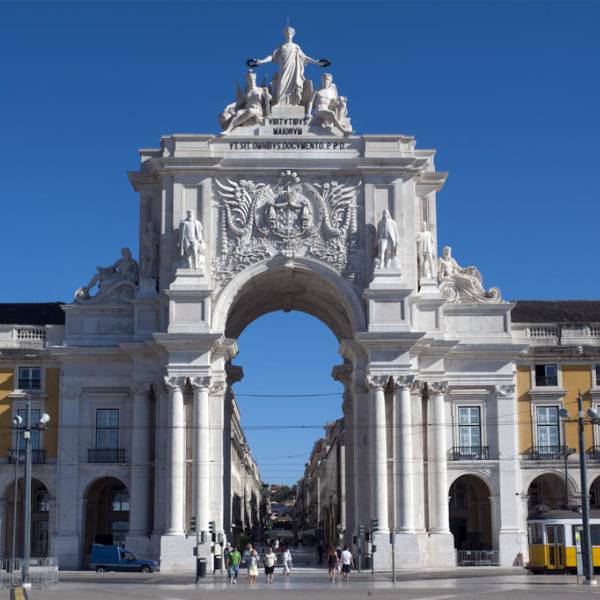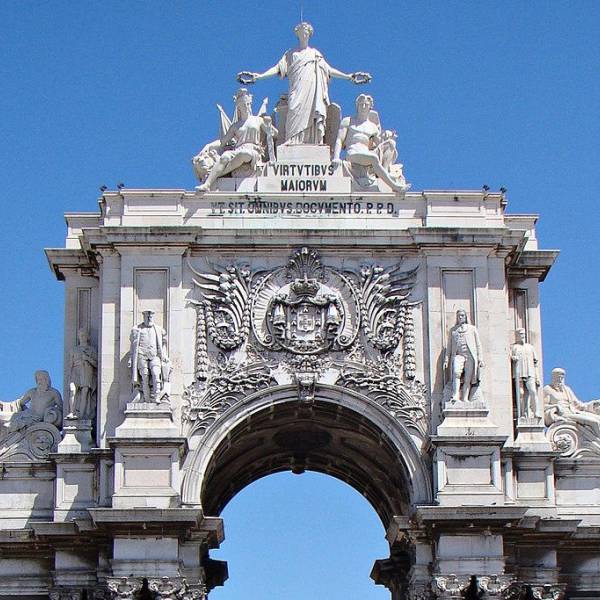The upper part of the arch features sculptures by Célestin Anatole Calmels, while the lower part contains sculptures by Vítor Bastos. Calmels' sculptures represent Glory, crowning Genius and Valor. Vítor Bastos' sculptures depict Nuno Álvares Pereira, Viriato, Vasco da Gama, and the Marquis of Pombal. On the left side, the Tagus River is represented, and on the right side, the Douro River, both sculpted by Vítor Bastos. The Tagus and Douro rivers delimit the region where the Lusitanians allegedly lived.
Lisbon.vip Recommends
Since August 9, 2013, visitors have been able to access the viewpoint at the top of the arch using an elevator and two steep staircases for a fee of 3 euros. In its first year of opening, it was visited by 130,000 people. In 2021, the arch transitioned from government control to the responsibility of the Municipality. This change reflects its significance as a cultural and historical landmark in Lisbon.





